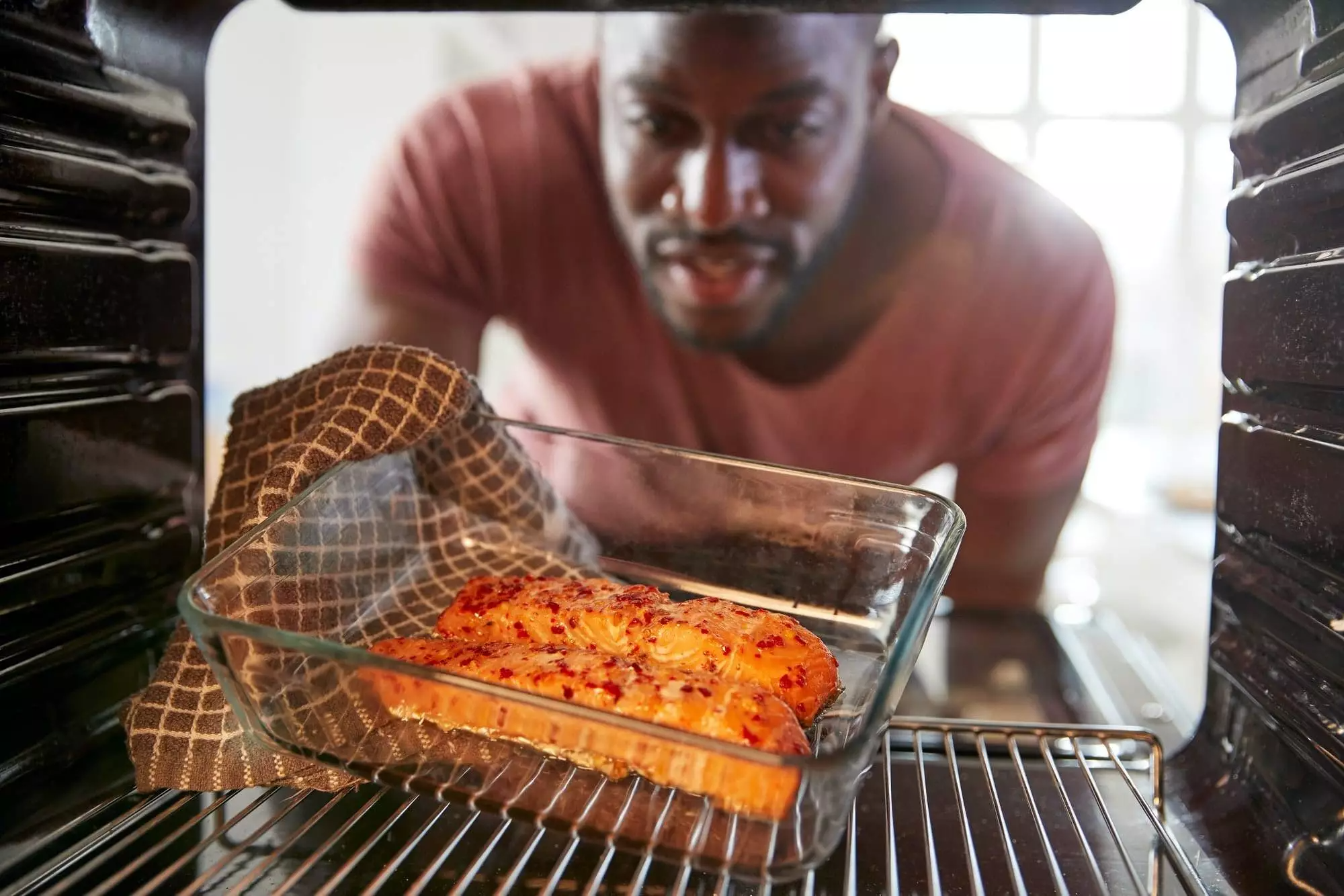

Articles
How Long To Cook Salmon In A Toaster Oven
Modified: May 6, 2024
Discover the perfect cooking time for salmon in a toaster oven with our informative articles. Enhance your culinary skills and enjoy delicious, perfectly cooked salmon dishes.
(Many of the links in this article redirect to a specific reviewed product. Your purchase of these products through affiliate links helps to generate commission for Storables.com, at no extra cost. Learn more)
Introduction
Welcome to our guide on how to cook salmon in a toaster oven! Whether you’re looking for a quick and easy meal or you don’t have access to a conventional oven, the toaster oven can be a convenient alternative for cooking salmon. In this article, we will walk you through the step-by-step process of preparing and cooking salmon in a toaster oven to ensure a delicious and perfectly cooked result.
Salmon is a versatile and nutritious fish that is packed with omega-3 fatty acids, protein, and essential nutrients. By opting to cook salmon in a toaster oven, you can enjoy all the health benefits of this flavorful fish without the need for excessive oil or frying.
Before we dive into the cooking process, let’s ensure you have the right salmon for your recipe.
Key Takeaways:
- Choose the perfect salmon fillets by considering factors like freshness, wild vs. farmed, thickness, and sustainability for a delicious toaster oven-cooked salmon experience.
- Elevate your toaster oven-cooked salmon with flavorful seasoning options like lemon and dill, garlic and herb, maple glaze, soy ginger, or spicy Cajun for a delightful and personalized dining experience.
Read more: How Long To Reheat Fries In Toaster Oven
Choosing the Right Salmon
When it comes to cooking salmon, selecting the right type and quality of fish is key to achieving a delicious end result. Here are a few factors to consider when choosing salmon for your toaster oven recipe:
- Freshness: Look for salmon fillets that have bright, firm flesh and a distinct, mild smell. Avoid fish with dull or discolored flesh, as it may be past its prime.
- Wild vs. Farmed: Salmon can be either wild-caught or farm-raised. Wild salmon is known for its rich flavor and firm texture, while farmed salmon tends to be milder in taste. Both options can work well in a toaster oven recipe, so choose based on your personal preference.
- Thickness: Consider the thickness of the salmon fillets you’re purchasing. Thicker fillets will require longer cooking times, while thinner fillets will cook more quickly.
- Skin-on or Skinless: Salmon can be sold either with or without the skin. Keeping the skin on during cooking can help retain moisture and add flavor to the fish. However, if you prefer skinless fillets, they can be used as well.
- Sustainability: If environmental concerns are important to you, look for sustainably sourced salmon. Sustainable fishing practices help protect marine ecosystems and ensure the long-term viability of fish populations.
By paying attention to these factors, you can choose the perfect salmon fillets for your toaster oven cooking adventure. Now, let’s move on to preparing the salmon for cooking.
Preparing the Salmon
Before you start cooking the salmon in your toaster oven, it’s important to properly prepare the fish to enhance its flavors and ensure even cooking. Follow these steps to prepare your salmon:
- Thaw if necessary: If your salmon fillets are frozen, make sure to thaw them in the refrigerator overnight. This will ensure even cooking and prevent any unwanted moisture on the surface of the fish.
- Pat dry: Once thawed, gently pat the salmon fillets dry with paper towels. Removing excess moisture will help the seasoning adhere better and promote a crispy skin, if you’re keeping the skin on.
- Remove pin bones: Run your fingers over the fillets to check for any remaining pin bones. Use a pair of clean tweezers or fish bone tweezers to carefully remove them. This step is crucial for a pleasant dining experience.
- Trim and portion: If necessary, trim any uneven edges or excess fat from the salmon fillets. Additionally, consider portioning the salmon into individual serving sizes for easier cooking and serving.
Once your salmon is prepared, it’s time to add some delicious seasoning to enhance its flavor. Let’s look at some seasoning options that work well with toaster oven-cooked salmon.
Seasoning Options
Seasoning plays a vital role in enhancing the flavor of your toaster oven-cooked salmon. Here are some popular seasoning options that will add a delicious taste to your fish:
- Lemon and Dill: This classic combination works beautifully with salmon. Squeeze fresh lemon juice over the fillets and sprinkle them with chopped dill. The bright citrusy flavor and fresh herbal notes perfectly complement the richness of the salmon.
- Garlic and Herb: Create a savory and aromatic profile by rubbing minced garlic and your favorite herbs, such as thyme or rosemary, onto the salmon. Add a pinch of salt and pepper to enhance the flavors further.
- Maple Glaze: For a touch of sweetness, brush a mixture of maple syrup and Dijon mustard over the salmon fillets. The glaze will caramelize during cooking, creating a delightful combination of sweet and tangy flavors.
- Soy Ginger: Combine soy sauce, grated ginger, minced garlic, and a dash of sesame oil for a delicious Asian-inspired seasoning. Marinate the salmon for a few minutes before cooking to infuse the flavors into the fish.
- Spicy Cajun: If you enjoy a bit of heat, sprinkle Cajun seasoning or a mix of paprika, cayenne pepper, garlic powder, and onion powder over the salmon. The spices will add a fiery kick and bring a taste of the South to your meal.
Feel free to experiment with different seasonings and flavor combinations to suit your taste buds. Once you’ve seasoned the salmon, it’s time to preheat your toaster oven.
Preheating the Toaster Oven
Before placing the seasoned salmon in the toaster oven, it’s essential to preheat it to ensure even and consistent cooking. Here’s how to preheat your toaster oven:
- Clean the toaster oven: Make sure your toaster oven is clean and free from any food debris or crumbs. A clean oven will help prevent any unwanted flavors or smoke during cooking.
- Adjust the temperature: Set the temperature of your toaster oven according to the cooking instructions provided. Typically, a temperature of 400°F (200°C) works well for cooking salmon in a toaster oven.
- Preheat for a few minutes: Allow the toaster oven to preheat for about 5-10 minutes. This will ensure that the oven reaches the desired temperature and is evenly heated throughout. You may see a preheat indicator on your toaster oven, indicating that it has reached the desired temperature.
While the toaster oven is preheating, it’s an excellent time to prepare any side dishes or ingredients that you will be serving with the salmon. Once the toaster oven is preheated, it’s time to move on to the cooking time and temperature for the salmon.
Preheat the toaster oven to 375°F. Place the salmon on a lightly greased baking sheet and cook for 12-15 minutes, or until the internal temperature reaches 145°F. Enjoy!
Read more: How Long To Broil Steak In Toaster Oven
Cooking Time and Temperature for Salmon
When it comes to cooking salmon in a toaster oven, the cooking time and temperature will vary depending on the thickness of the fillets and the desired level of doneness. Here are some general guidelines to follow:
- Temperature: Set the toaster oven to a temperature of 400°F (200°C). This temperature is ideal for cooking salmon fillets and ensuring a tender and flaky texture.
- Cooking Time: As a general rule of thumb, cook the salmon for about 12-15 minutes per inch of thickness. For example, if your salmon fillet is 1 inch thick, cook it for approximately 12-15 minutes. Thicker fillets may require a few extra minutes.
- Internal Temperature: Another way to determine doneness is by checking the internal temperature of the salmon. The salmon should reach an internal temperature of 145°F (63°C) for safe consumption. Use a food thermometer to accurately measure the internal temperature.
It’s important to note that cooking times can vary depending on the toaster oven model and the thickness of the salmon fillets. Keep a close eye on the salmon as it cooks to prevent overcooking and ensure a moist and flavorful result.
Next, let’s discuss how to check if the salmon is done cooking.
Checking for Doneness
Properly checking for doneness is crucial to ensure that your salmon is cooked to perfection. Here are a few methods you can use to check if your salmon is done:
- Visual Inspection: One of the easiest ways to check for doneness is by visually inspecting the salmon. The flesh should appear opaque and should easily flake with a fork. The color of cooked salmon should be light pink or coral, depending on the variety.
- Internal Temperature: Checking the internal temperature is a more accurate way to determine if the salmon is cooked. Use a food thermometer to measure the internal temperature at the thickest part of the fillet. The salmon is safe to eat when it reaches an internal temperature of 145°F (63°C).
- Texture and Flake Test: Gently press the top of the salmon fillet with a fork or your finger. If the flesh flakes easily and is moist but not raw or squishy, it is likely done. Be careful not to overcook the salmon, as it can become dry and tough.
Remember that salmon will continue to cook slightly even after it is removed from the toaster oven. To prevent overcooking, consider taking the salmon out when it is slightly undercooked and allowing it to rest for a few minutes. The residual heat will continue cooking the salmon to perfection.
Now that your salmon is cooked and ready to be enjoyed, let’s explore some delightful serving suggestions.
Serving Suggestions
Now that your perfectly cooked salmon is ready, it’s time to get creative with the presentation and serve it up in a delicious and visually appealing way. Here are some serving suggestions to inspire you:
- Fresh Salad: Serve the salmon on a bed of mixed greens or your favorite salad greens. Add a squeeze of lemon juice, drizzle some olive oil, and sprinkle with salt and pepper for a light and refreshing meal.
- Roasted Vegetables: Pair the salmon with a side of roasted vegetables, such as asparagus, Brussels sprouts, or sweet potatoes. The combination of the savory salmon with the earthy flavors of the roasted veggies is simply delightful.
- Grains or Quinoa: Serve the salmon on a bed of cooked grains, like brown rice, quinoa, or couscous. This adds a hearty element to the dish and complements the flavors and textures of the salmon.
- Sauce or Dressing: Enhance the flavor of the salmon by drizzling it with a complementary sauce or dressing. Consider options like a tangy lemon butter sauce, a creamy dill yogurt sauce, or a zesty teriyaki glaze.
- Wrap or Sandwich: Use the cooked salmon as a filling for wraps or sandwiches. Add some fresh greens, sliced tomatoes, and a dollop of your favorite sauce for a satisfying and portable meal.
Don’t forget to garnish your dish with fresh herbs like dill, parsley, or cilantro for an extra pop of flavor and visual appeal. Feel free to get creative and experiment with different combinations to suit your taste preferences.
With these serving suggestions, you are now ready to impress your guests or enjoy a delicious meal on your own. Now, let’s summarize what we’ve covered in this guide.
Conclusion
Cooking salmon in a toaster oven is a convenient and delicious way to enjoy this nutritious and flavorful fish. By following the steps outlined in this guide, you can achieve a perfectly cooked salmon with minimal effort. Here’s a recap of the key points we’ve covered:
- Start by selecting the right salmon, considering factors like freshness, wild vs. farmed, thickness, and sustainability.
- Properly prepare the salmon by thawing if necessary, patting it dry, removing pin bones, and trimming and portioning it as needed.
- Explore various seasoning options like lemon and dill, garlic and herb, maple glaze, soy ginger, or spicy Cajun to add flavor to your salmon.
- Preheat your toaster oven to 400°F (200°C) for even and consistent cooking.
- Cook the salmon for approximately 12-15 minutes per inch of thickness or until it reaches an internal temperature of 145°F (63°C).
- Check for doneness by visually inspecting the salmon, testing the texture and flake, or using a food thermometer.
- Serve the cooked salmon with fresh salads, roasted vegetables, grains or quinoa, sauces or dressings, or in wraps or sandwiches for a delightful meal.
Remember to let your creativity shine and adjust the cooking time and temperature based on your specific toaster oven and salmon thickness. With practice, you’ll become more confident in cooking salmon to your desired level of doneness.
Now it’s time to put your newfound knowledge into action and enjoy the delicious results of cooking salmon in a toaster oven. Whether you’re preparing a quick weeknight dinner or hosting a dinner party, your perfectly cooked salmon will surely impress. Happy cooking!
Now that you've mastered cooking salmon in a toaster oven, why not expand your culinary horizons? If you're curious about other quick and delicious meals that can be whipped up in this handy appliance, consider exploring how to perfectly cook Hot Pockets too. This guide offers practical tips and ensures your snack turns out just right, enhancing your toaster oven cooking skills even further. Ready to give it a try and impress with more than just fish? Dive into our next adventure in the kitchen!
Frequently Asked Questions about How Long To Cook Salmon In A Toaster Oven
Was this page helpful?
At Storables.com, we guarantee accurate and reliable information. Our content, validated by Expert Board Contributors, is crafted following stringent Editorial Policies. We're committed to providing you with well-researched, expert-backed insights for all your informational needs.
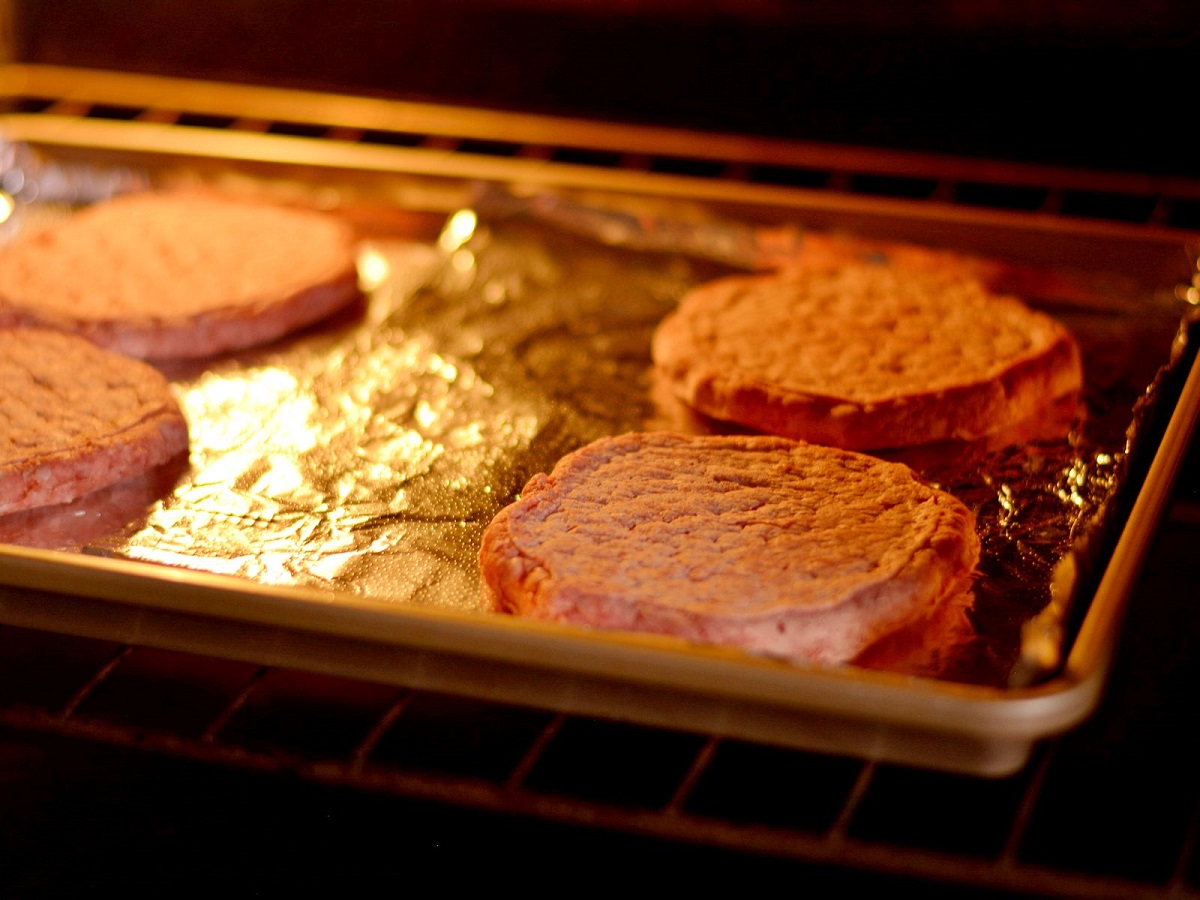
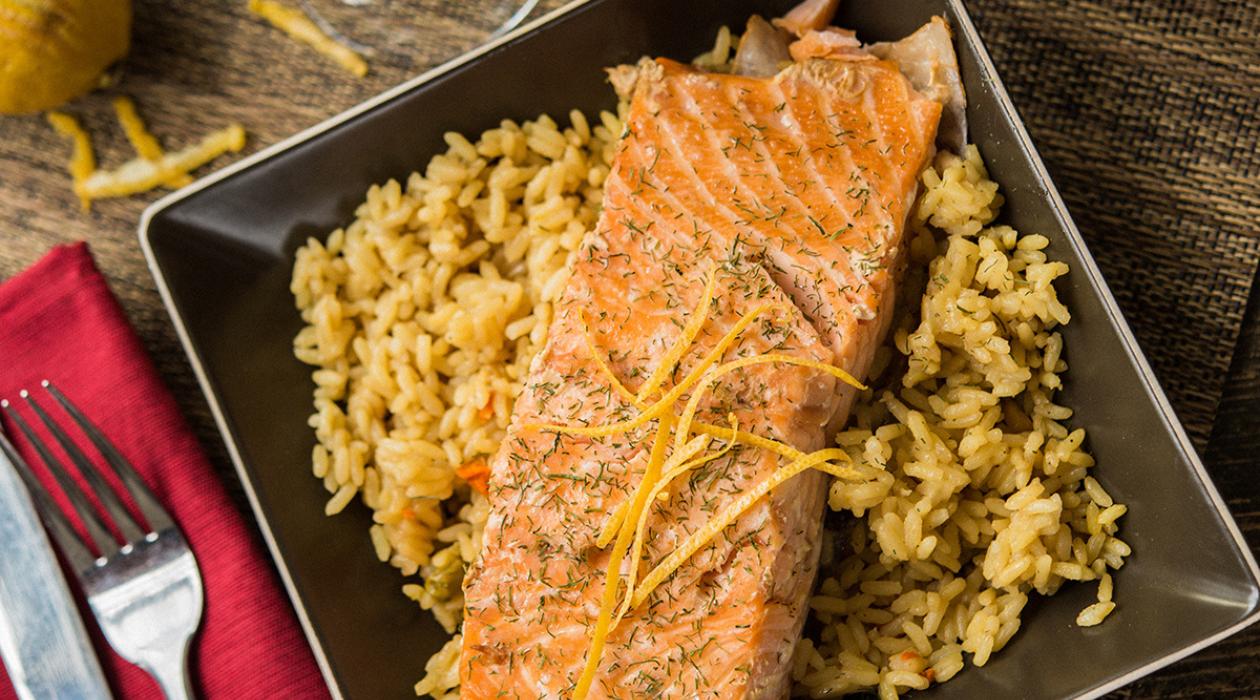

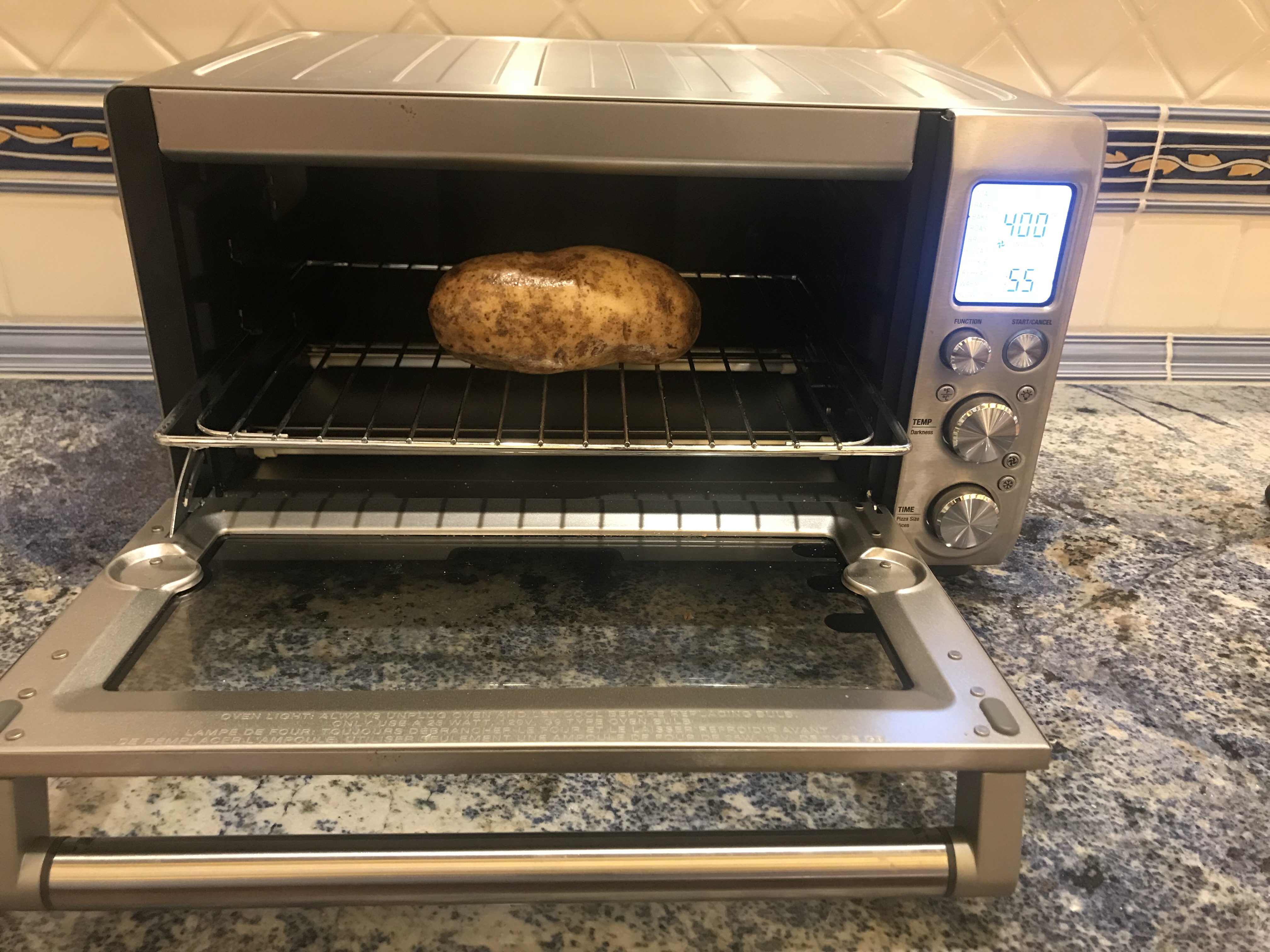
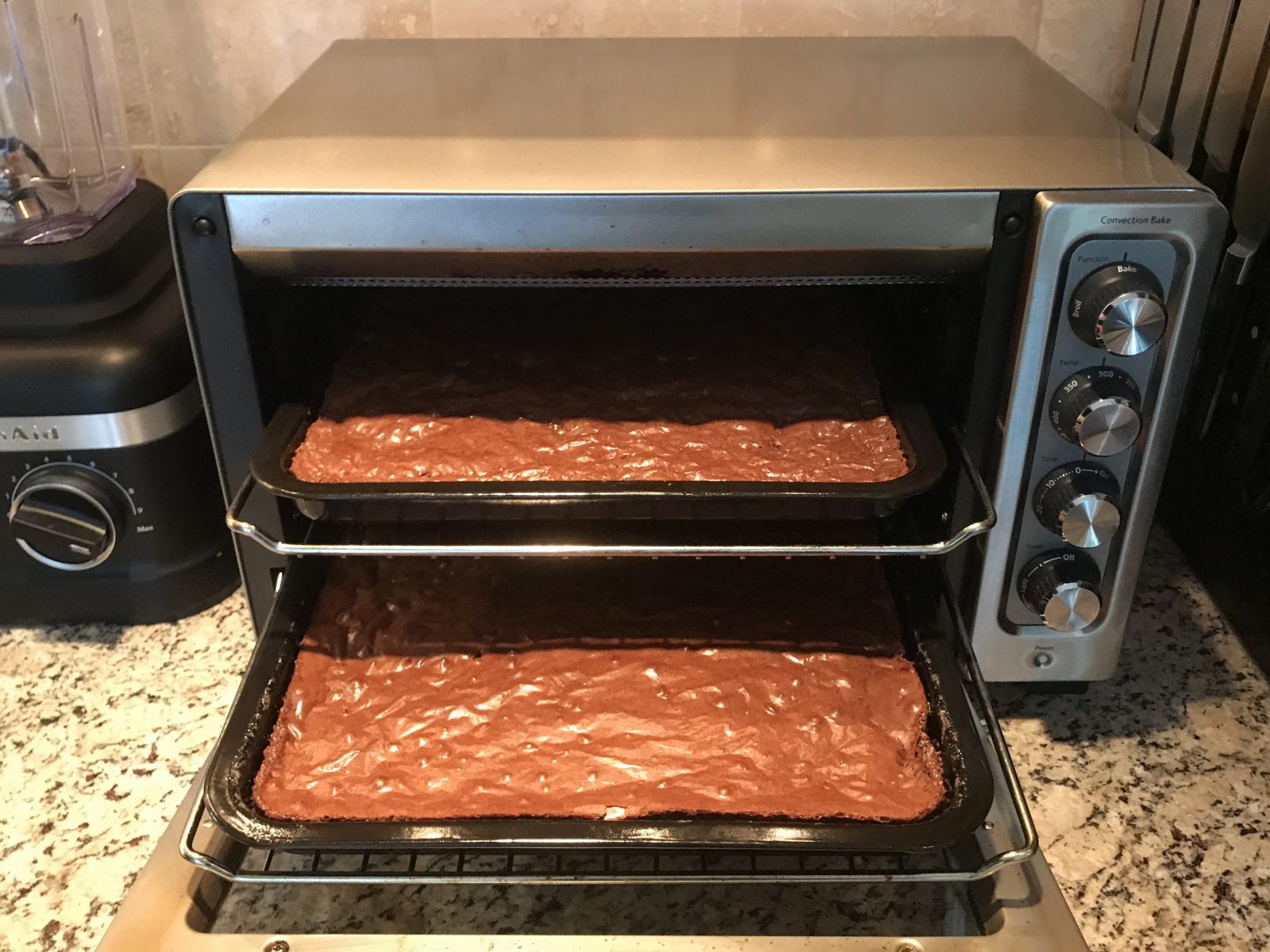
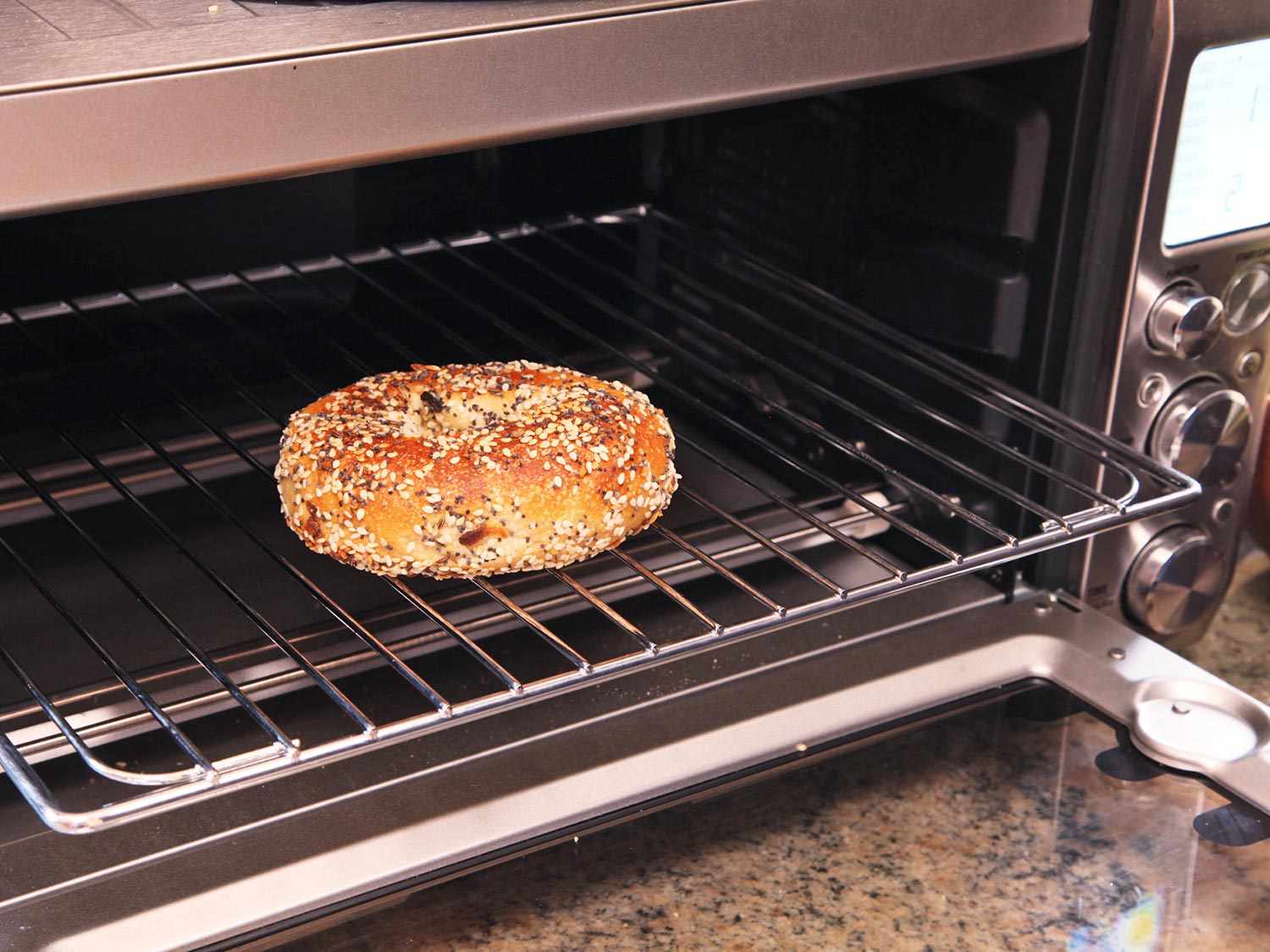

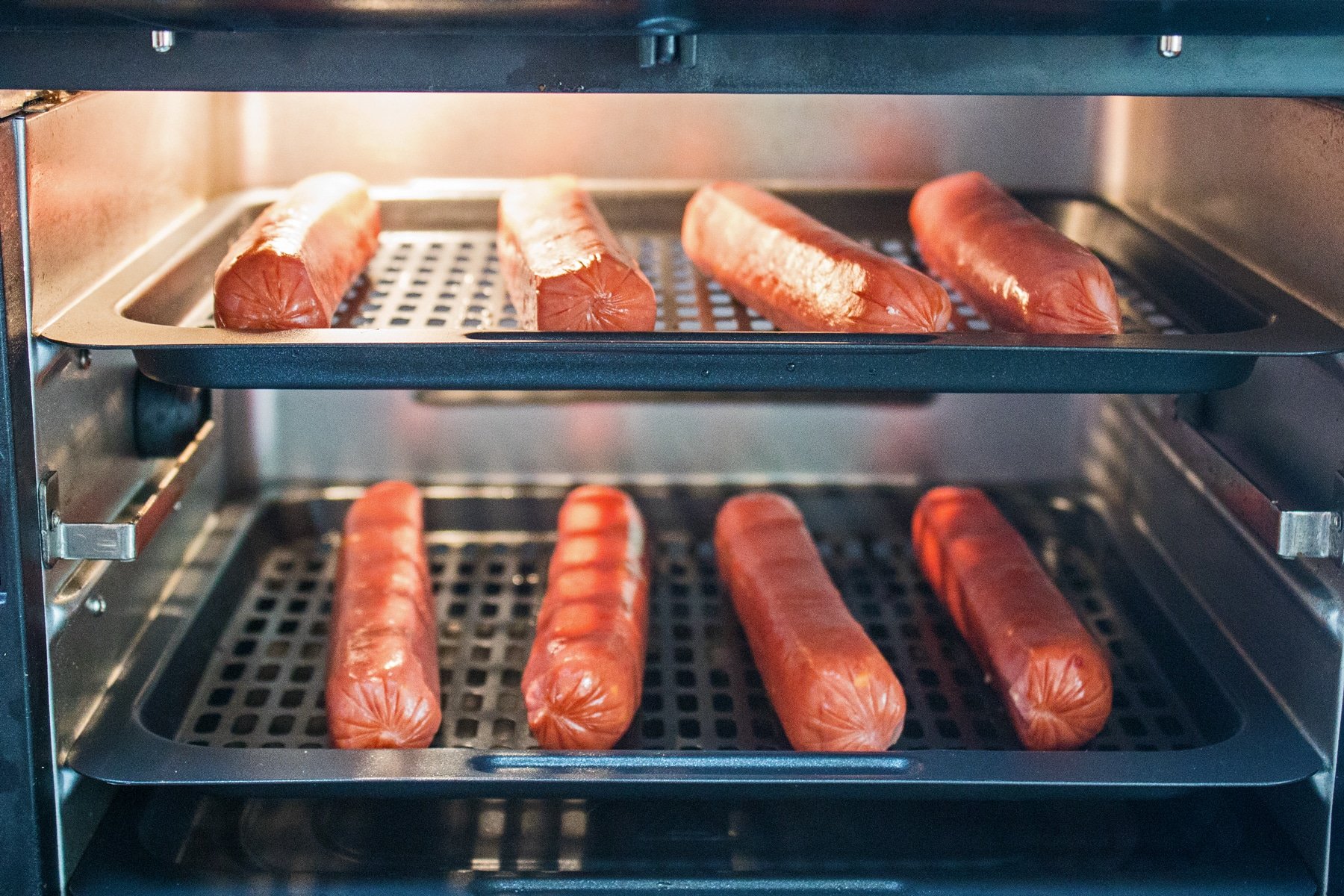
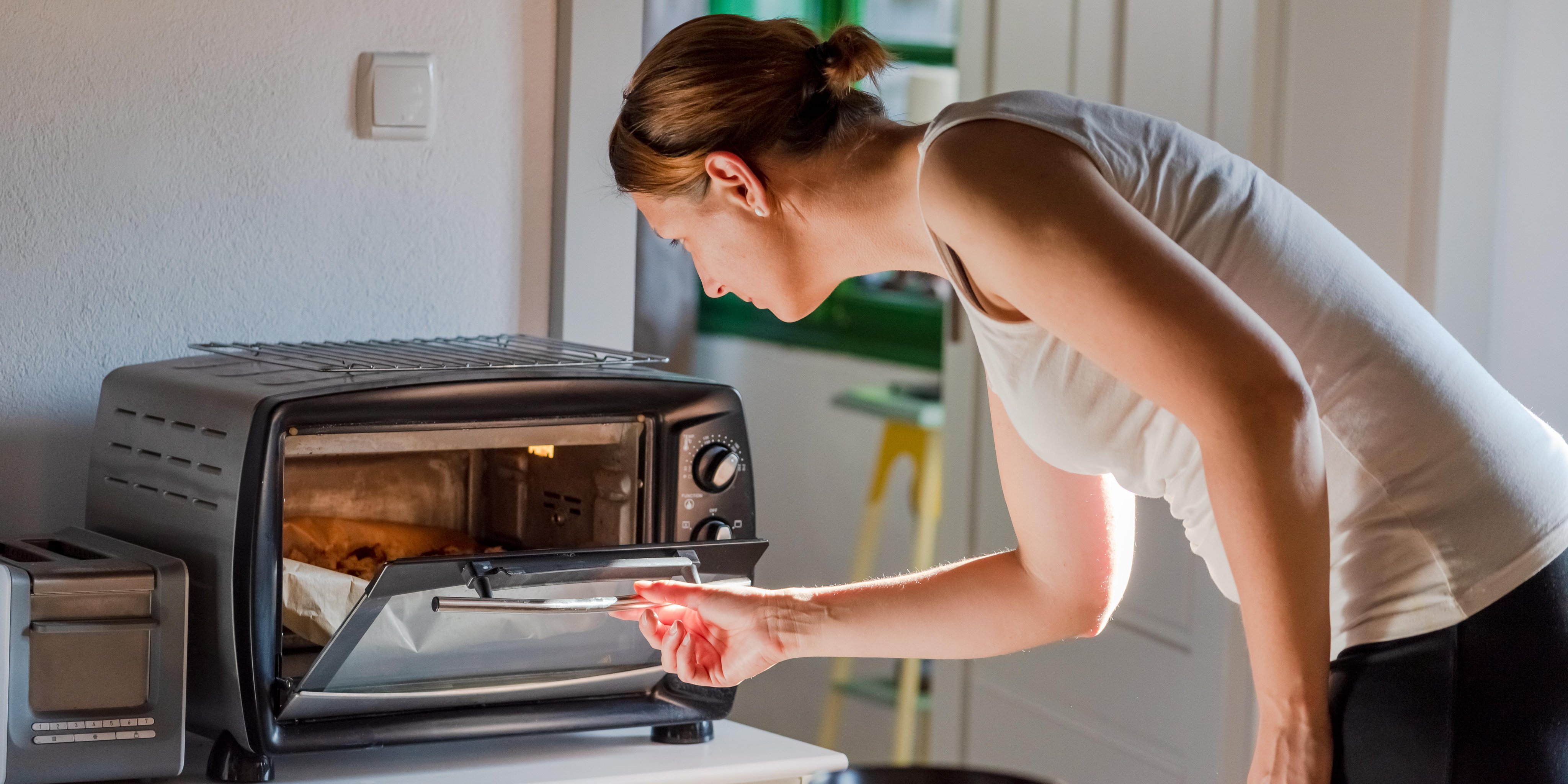
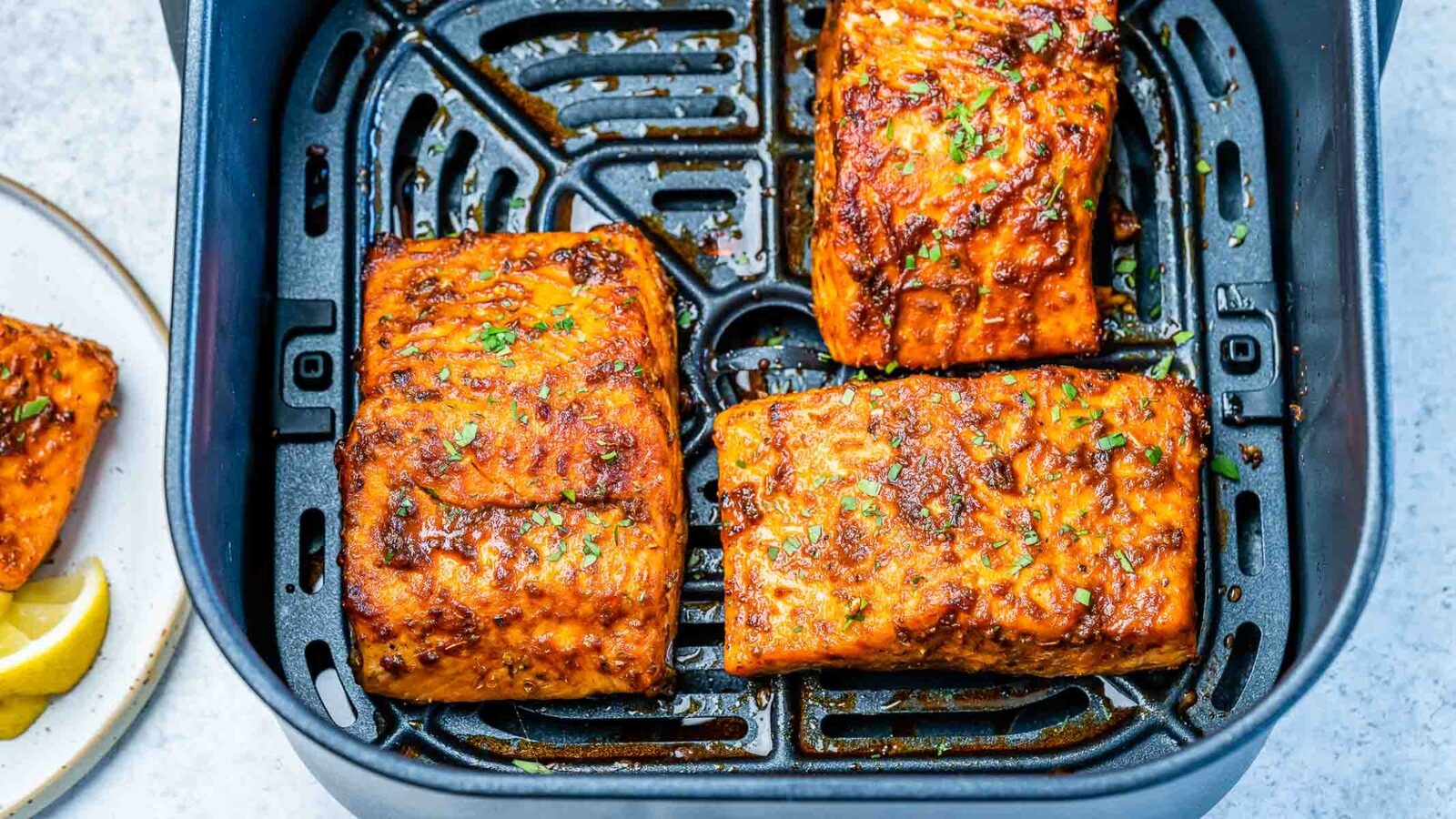

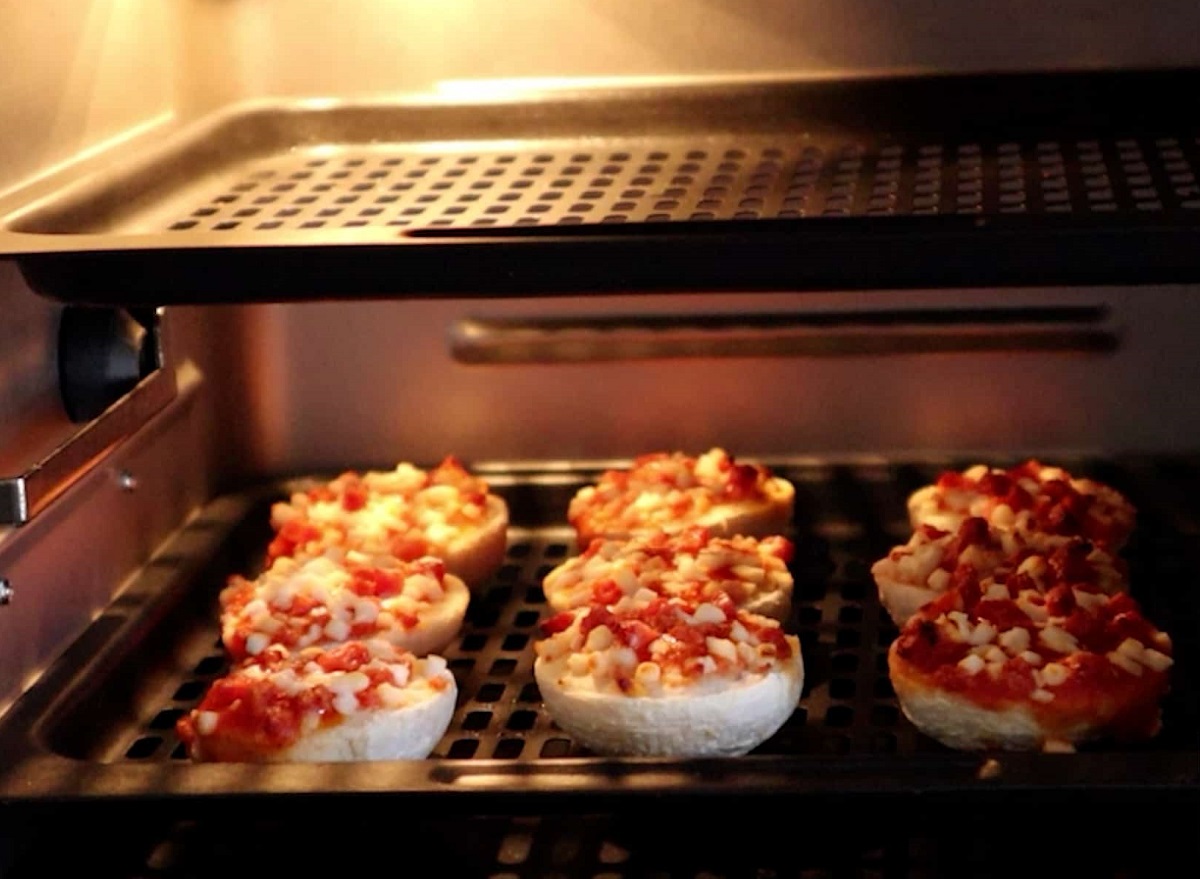
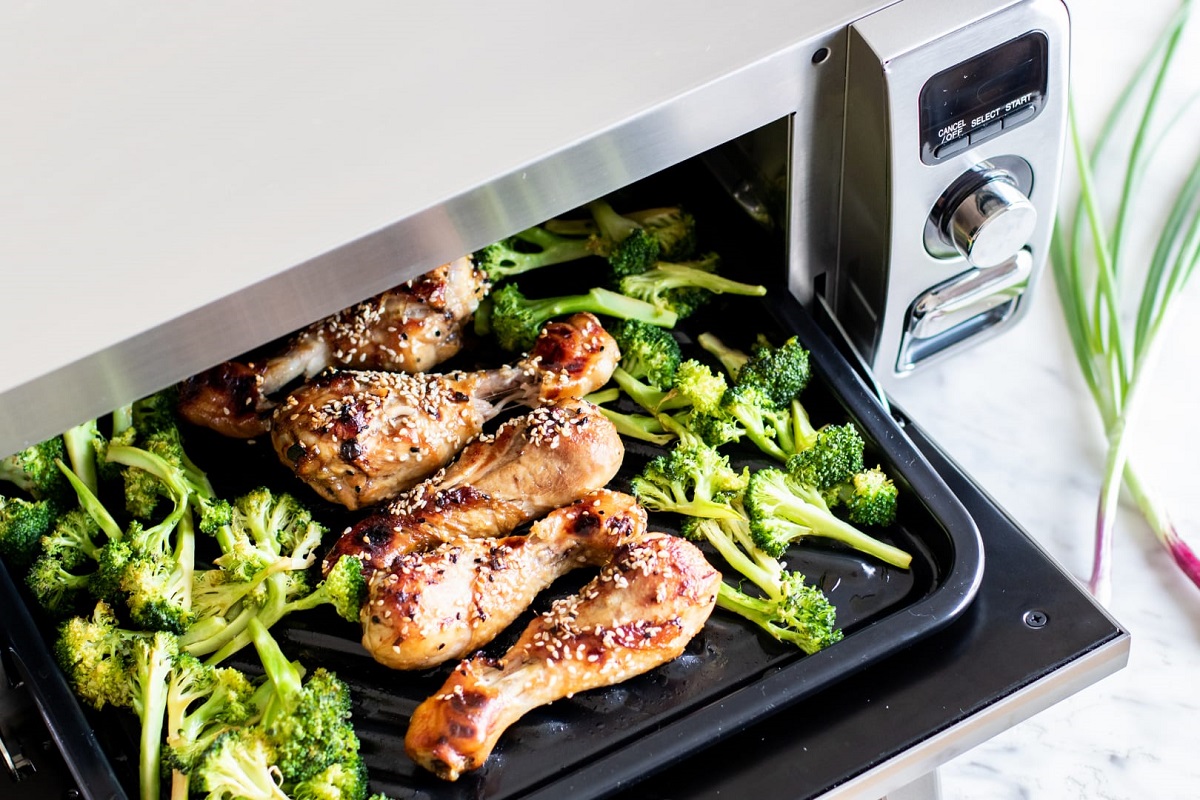
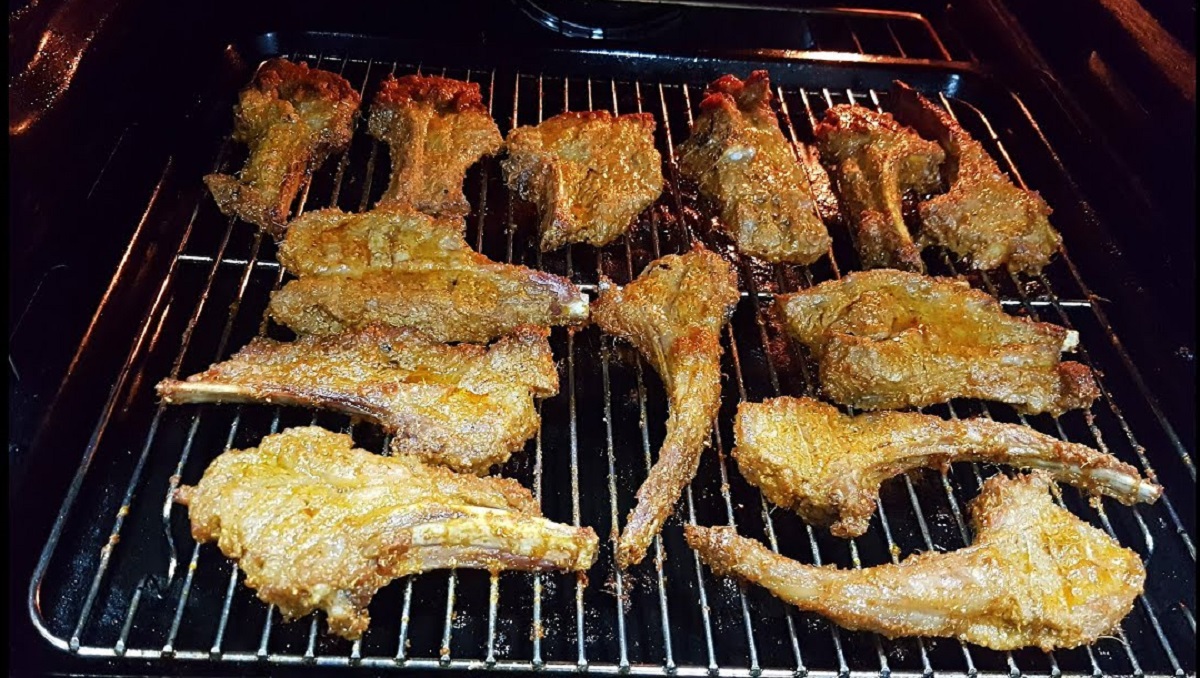

0 thoughts on “How Long To Cook Salmon In A Toaster Oven”